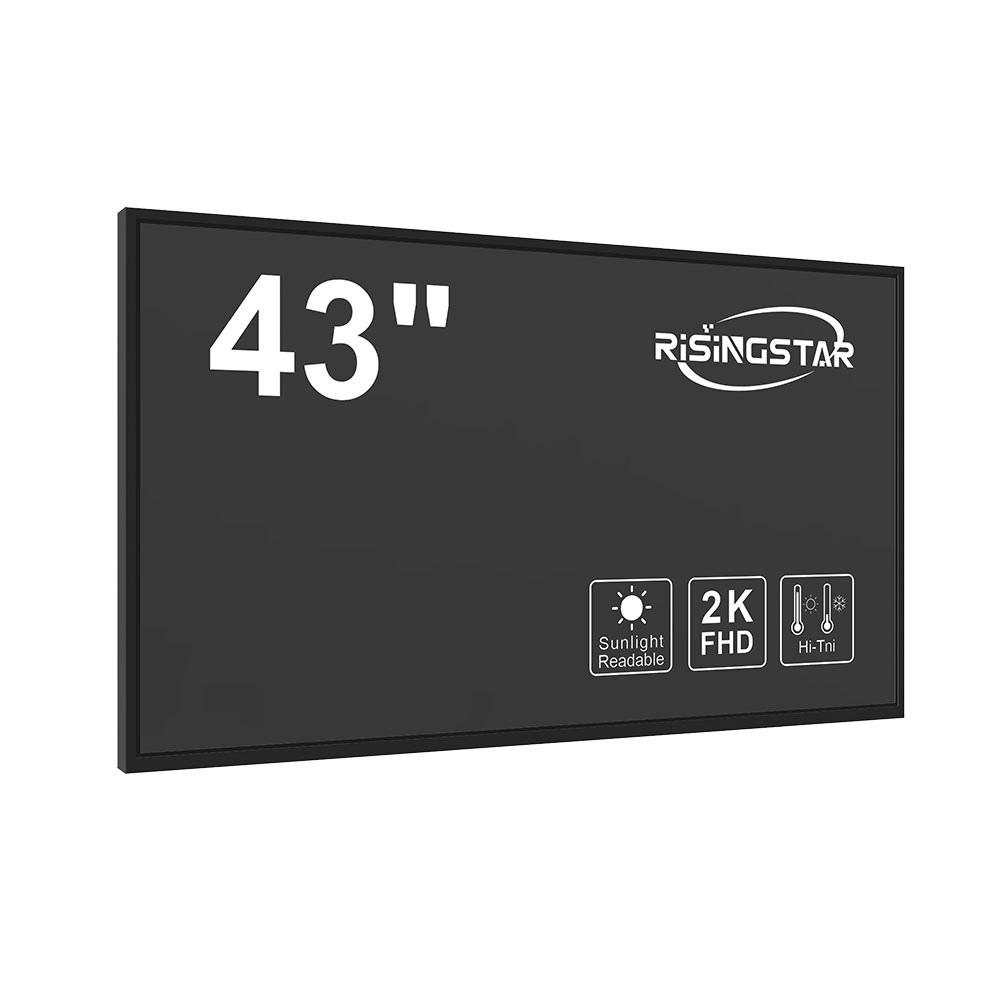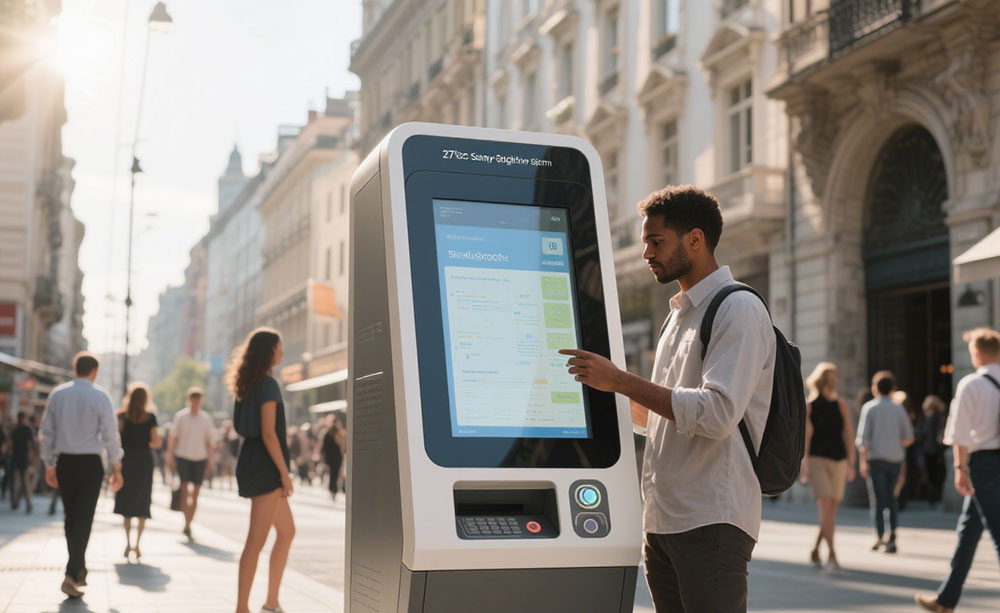When selecting an outdoor LCD screen for commercial, industrial, or public use, it’s critical to prioritize both visibility under diverse lighting conditions and long-term durability in harsh environments. These screens must withstand temperature extremes, moisture, UV exposure, and physical impacts—factors that significantly influence performance and lifespan. Industry standards such as IP65 (dust and water resistance) and IK10 (impact resistance) are essential benchmarks for evaluating robustness.
Brightness and Ambient Light Adaptability
Outdoor LCDs typically require brightness levels of 5,000 to 10,000 nits—far higher than indoor displays—to remain legible in direct sunlight. For example, a 7,000-nit screen ensures readability even at noon under full sun, as validated by tests conducted by the Society for Information Display (SID). Advanced technologies like local dimming and dynamic contrast enhancement further improve image quality without increasing power consumption.
Classements de protection de l'environnement

The International Protection (IP) rating indicates how well a display resists dust and water ingress. An IP65 rating means complete protection against dust and low-pressure water jets—a minimum standard for most outdoor installations. Similarly, IK10-rated enclosures resist mechanical impacts up to 20 joules, making them suitable for high-traffic areas like bus stops or construction sites.
Thermal Management and Component Quality
Heat is a major cause of premature failure in outdoor displays. High-quality outdoor LCDs incorporate passive cooling systems (e.g., aluminum heatsinks) and thermal sensors that adjust fan speed or brightness dynamically. Components such as wide-temperature IPS panels (operating from -30°C to +70°C) ensure stable performance across climates—from arctic regions to desert heat.

Installation Flexibility and Maintenance
Modular designs with tool-free access simplify maintenance and reduce downtime. Mounting options (wall, pole, or freestanding) should align with site-specific constraints. Additionally, remote monitoring via IP-based protocols (e.g., SNMP or HTTP APIs) allows real-time diagnostics and firmware updates, minimizing on-site visits.
Real-world case studies, such as the deployment of 8,000-nit displays in Dubai’s metro stations, demonstrate that investing in certified outdoor-grade hardware yields a 40% reduction in service calls over five years compared to non-certified alternatives.
In summary, choosing the right outdoor LCD screen involves balancing brightness, environmental resilience, thermal management, and ease of maintenance—all guided by industry standards and proven performance data.







